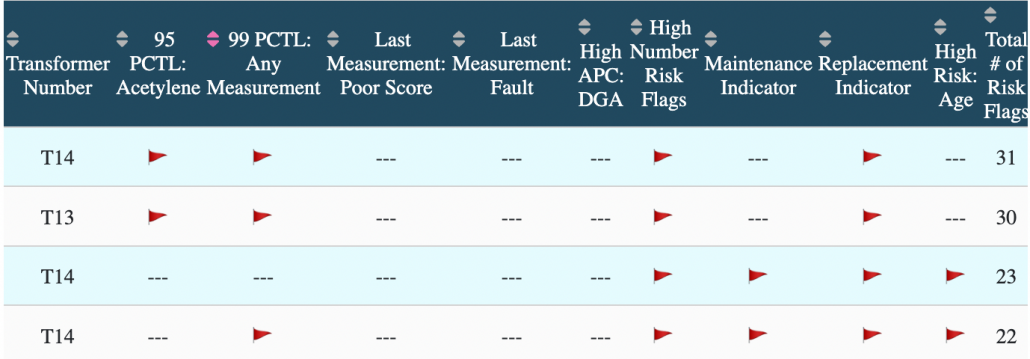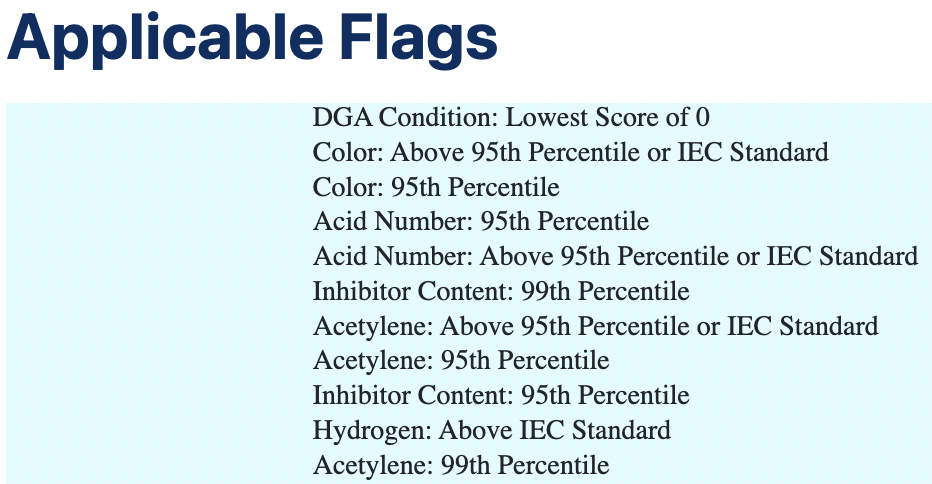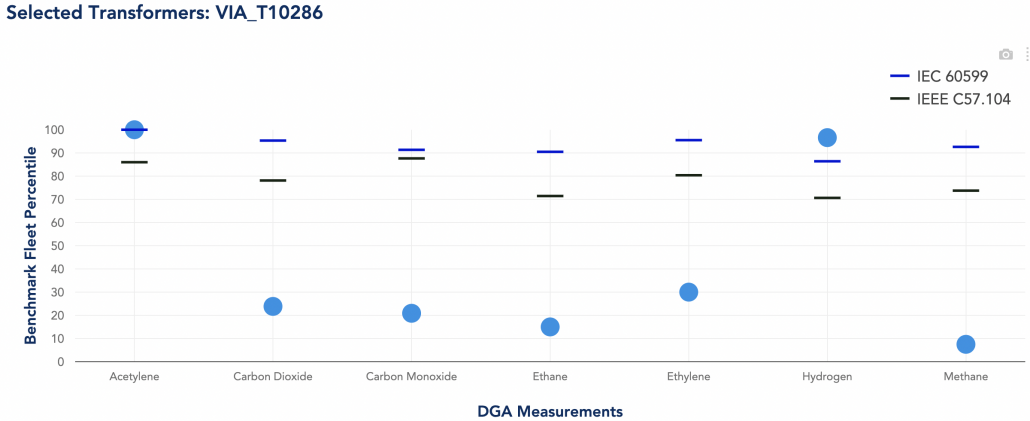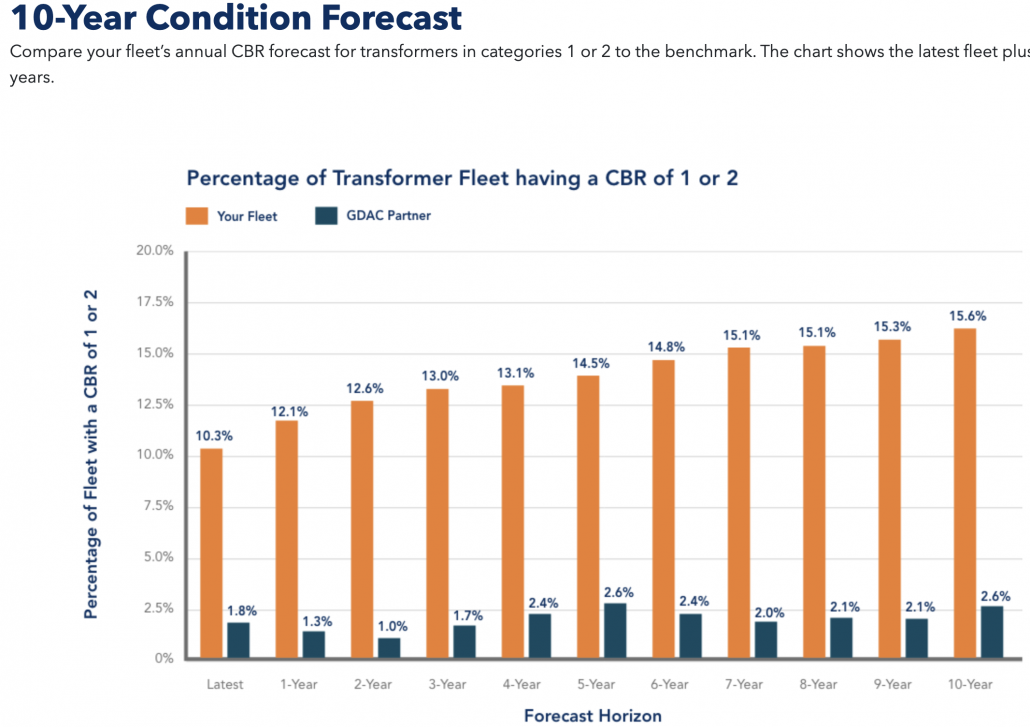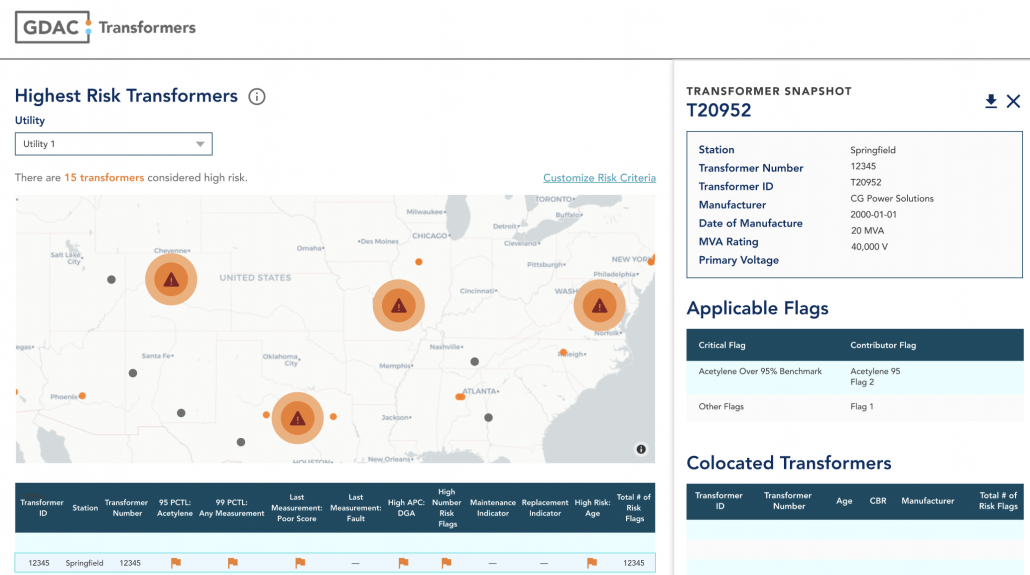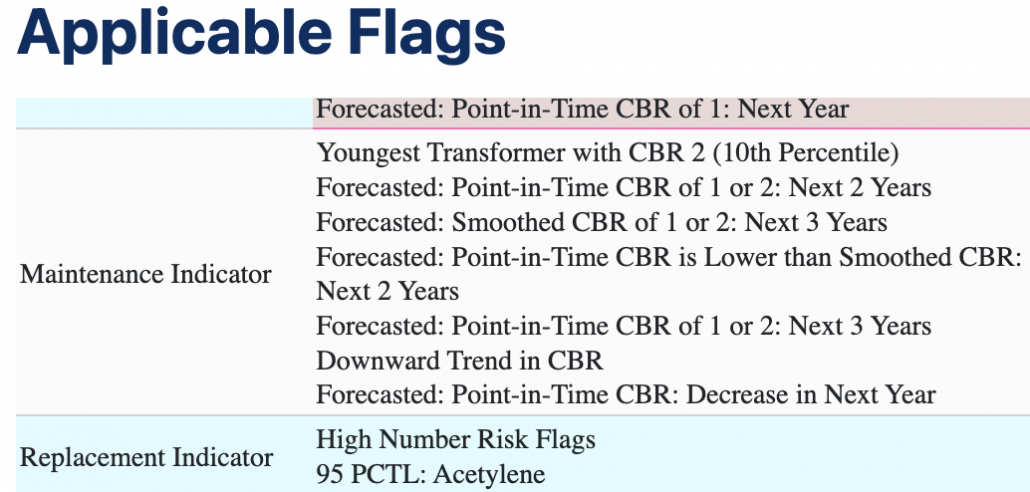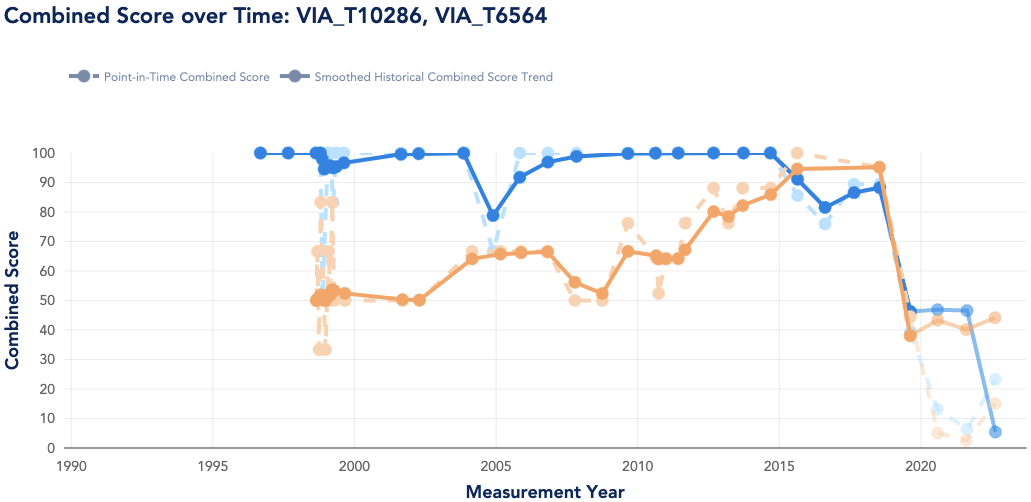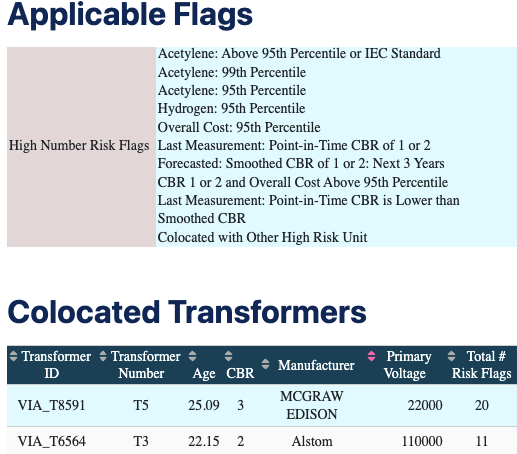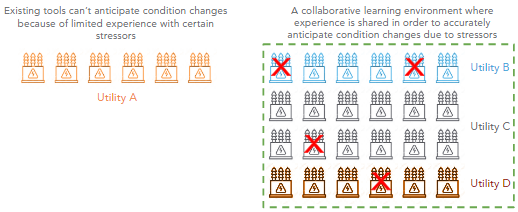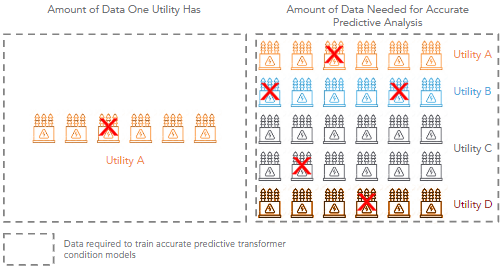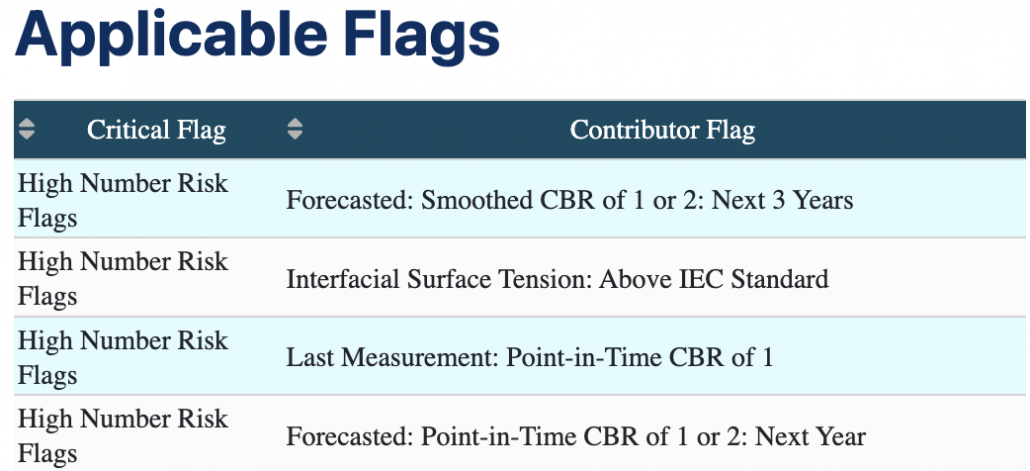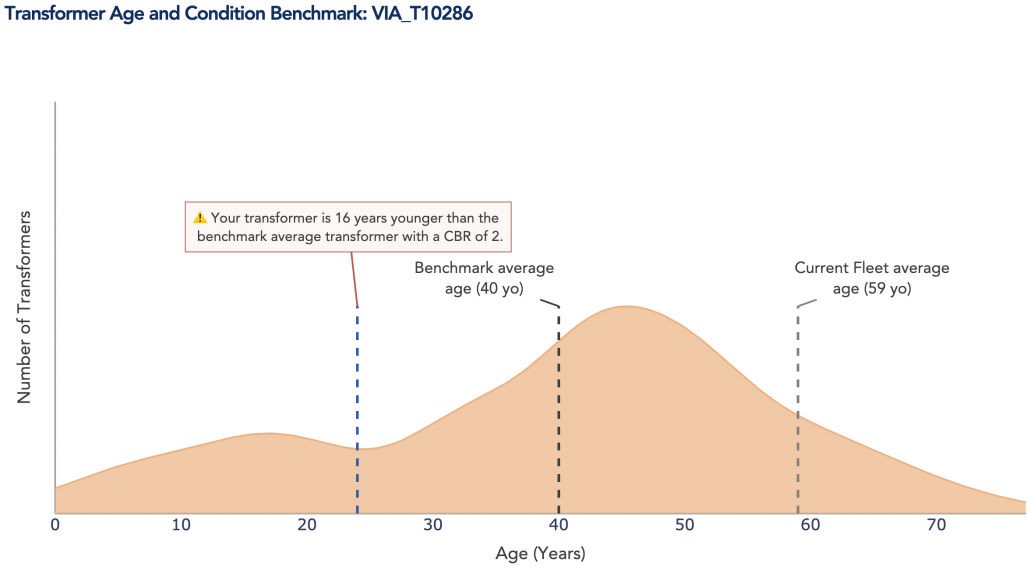Meet the Team: Dominique Steneker, Software Developer
We’re back with a fan favorite: VIA’s Meet the Team blog series! Through a Q&A-style interview, you will hear from our very own VIAneers about everything from a typical day at VIA to their favorite books, emojis, and activities outside the office. Now, let’s meet ‘em!
What does a typical day at VIA look like for you?
Mostly a lot of coding and meetings (like agile ceremonies, peer programming with teammates, and weekly meetings with customers to hear their feedback firsthand). I love problem solving and learning new technologies. So far, most of my coding has been both, which is perfectly up my alley.
How has VIA’s adoption of flexible work locations impacted your work-life harmony?
How has it not? Being able to work remotely means I’ve been able to visit family and friends that I never would have been able to before. At the same time, I can go into the office whenever it works best for my schedule and have built friendships with coworkers there. The flexibility VIA offers makes a world of difference and allows for everyone to find the best system that works for them.
If you could pick one word to describe what keeps you engaged at VIA, what would it be?
People. Whenever I am facing a challenge, I know the people at VIA are there to support me if I need them. When one of us succeeds, whether an internal VIA success or external personal success, we celebrate with them. Knowing that the team is with you is something that helps heighten the joy when things are successful and softens the blow when things aren’t.
What’s your favorite VIA memory?
My friend Matt (also a VIAneer) and I visited the Somerville office earlier this year. My favorite VIA memory is probably of Colin and Kate (our CEO and COO respectively) absolutely spoiling us while we were visiting. We were taken to all sorts of local restaurants, picked up from where we were staying when there was a chance of rain, and given many excellent recommendations for what to do and where to visit (including the Boston Museum of Science). We had a blast of a trip and a great part of this was because of how wonderful the people at VIA are.
What’s something everyone may not, but should, know about working at VIA?
Every single one of us is trusted and treated as the smart and capable people we all are. It’s strange to say, but oftentimes companies don’t listen to everyone equally. But, time and time again, VIA has proven through every aspect that isn’t the case here. That was the main takeaway I got from VIA as early as the interview process and it hasn’t changed. The way everyone requests feedback is consistent and healthy. It’s humbling and heartening to know that I am working somewhere I am valued and that my opinion and input can make a difference.
How does VIA’s tech stack compare to past experiences?
VIA’s tech stack is ever changing and growing. It’s a delight to work somewhere that is always striving to find the best solution, even if that means learning a brand new language or system to make it happen. VIA is really good about having high quality code reviews which I always find leads to the highest quality code.
Why is the VIAneer Experience Program (VXP) important to you?
The VXP is the main reason why I joined VIA and has been a consistently important part of why I plan to stay. I know with certainty that my growth is valued and that there are systems in place to ensure it doesn’t fall by the wayside. Time is dedicated to making sure that I am still happy here and finding solutions if that stops being true.
Just for fun this time, what are your top three favorite podcasts / books?
I’ve been consistently listening to a french DND (dungeons and dragons) podcast called D20coeur. It’s hilarious and a great way to unwind! All those participating are improv actors and banter off each other so well to create some very entertaining situations!
A book I would definitely recommend is The Anthropocene Reviewed by John Green. It’s a book filled with reviews about random different things (think Canadian geese, sunsets, scratch n’ sniff stickers, etc.) but instead of trying to be impartial, they embrace the emotional attachment and the stories that the author, John, has about each. It was a book that helped me a lot during the pandemic and that feeling of being stuck I believe we can all relate to. It is a book filled with realistic hope.
My last favorite worth mentioning is Anne of Green Gables, it’s a classic for a reason and I absolutely adore this book!
What are your favorite emojis?
😄 & 🎉
Are you looking for a people-focused culture like VIA’s? Read more about our values and what makes us unique here.



